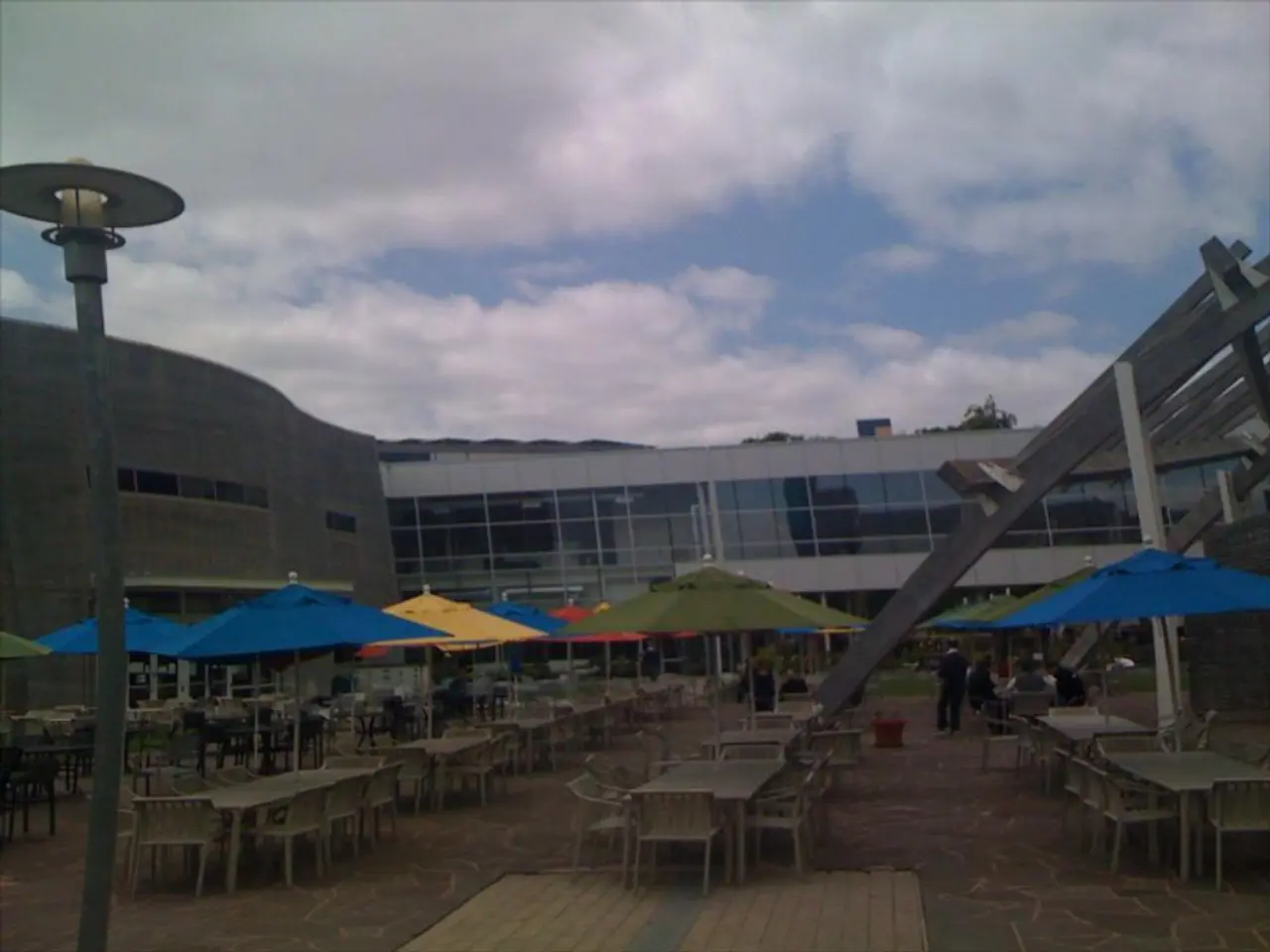Tourist influx: A scenario where holidaymakers find themselves unwanted
European Cities Combat Overtourism with Innovative Strategies
Europe's popular tourist destinations are facing the strain of overcrowding, with cities like Venice, Rome, and Mallorca feeling the brunt of the influx. However, European cities are employing various strategies to combat overtourism and mitigate its effects on local communities.
One key strategy is dispersing tourist visits across time and locations. In Mallorca, for example, authorities encourage tourists to spread their visits more evenly throughout the year and across different parts of the island, easing pressure on infrastructure and natural resources.
Regulating short-term rentals and concentrating tourism away from historic centers is another approach. Paris limits short-term rentals and supports alternative routes and accommodation zones outside overcrowded city centers to reduce strain on housing and infrastructure.
Developing infrastructure and cultural venues outside core areas is another effective method. Rome invests in infrastructure beyond the historic center to manage tourist density and protect resident quality of life. Turin exemplifies urban regeneration projects, transforming former industrial sites into cultural hubs, which both attract visitors and create diversified local experiences.
Smart tourism and digital tools are also being leveraged to manage tourism more efficiently. Turin’s approach integrates AI, smart mobility solutions, and accessible tourism practices, aiming for carbon neutrality and a more sustainable tourism model through innovative technology.
Implementing tourist taxes and entry restrictions is another common strategy. Some European destinations apply tourist taxes to fund preservation and infrastructure maintenance and regulate transport options to limit excessive visitor numbers at peak times.
Promoting lesser-known destinations and off-peak travel is another approach. European travelers increasingly seek out under-the-radar spots and shoulder-season travel to avoid overcrowding famous sites. Cities and countries capitalize on this by marketing sustainable and alternative tourism experiences.
Restricting time spent at popular sites and using ticketing systems is another global example, with some cities applying time limits and controlled access to prevent overcrowding at major landmarks.
These strategies typically combine regulatory measures with innovation and marketing efforts aimed at balancing tourism demand with residents’ well-being and urban sustainability. As Europe continues to attract record numbers of tourists, these strategies will be crucial in ensuring that the continent's cities remain vibrant and sustainable destinations for both locals and visitors alike.
[1] European Commission. (2020). European Strategy on Tourism. Retrieved from https://ec.europa.eu/info/publications/european-strategy-tourism_en
[2] European Parliament. (2021). Smart Tourism: A Key Component of the European Green Deal. Retrieved from https://www.europarl.europa.eu/RegData/etudes/STUD/2021/693525/EXPO_STU(2021)693525_EN.pdf
[3] European Travel Commission. (2021). European Cities and Regions Tourism Monitor. Retrieved from https://etc-corporate.org/wp-content/uploads/2021/09/ETC-City-Monitor-2021-Q2.pdf
[4] UNWTO. (2020). Tourism and Sustainable Urban Development. Retrieved from https://www.unwto.org/sustainable-tourism-resources/tourism-sustainable-urban-development
Tourists in Europe are encouraged to spread their visits more evenly throughout the year and across different parts of islands, as in Mallorca, to reduce pressure on infrastructure. In an effort to create diversified local experiences, cities like Turin are transforming former industrial sites into cultural hubs, both attracting visitors and alleviating the strain on historic centers.





